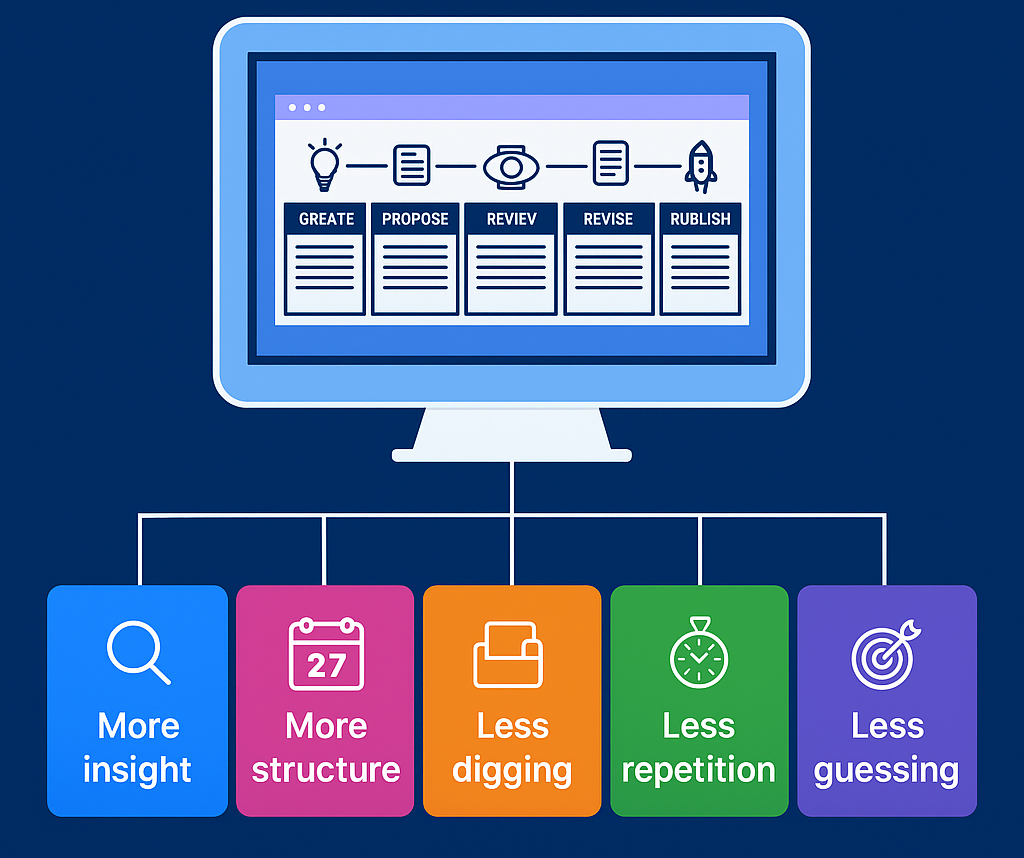
Let’s talk about how most operations actually run. Not in theory. Not in slide decks. But in actual work people deal with it every day.
A typical morning starts with a mix of unread messages, version conflicts in spreadsheets, and an inbox filled with urgent emails. Someone shares a photo of a completed task in the group chat. Another person adds a voice note. There’s a spreadsheet link floating around, but no one’s sure if it’s updated. Meanwhile, a task that was marked complete yesterday is suddenly back on the list.
This is how a lot of teams are managing operations. It might be familiar. It might even feel like it works. But only until something slips through the cracks. And it’s not for lack of effort. Most teams are working hard. But the tools around them weren’t built to support how operations actually function today.
The problem usually doesn’t show up in one big failure.
It starts with small gaps. A technician gets to a job without realizing it’s been rescheduled. A file moves through review but the wrong version is shared. Someone updates a task, but only in their own notes or group message. Inventory looks available in the sheet, but someone already took it.
People are working. But clarity is missing. Updates don’t reach the right person. Tasks get repeated. Time is lost in pieces. Over time, this turns into confusion, misalignment, and delays that could have been avoided.
Spreadsheets, emails, and messaging apps weren’t designed for running complex operations. They’re flexible and easy to start with. That’s why teams adopt them in the first place.
But as the work grows, these tools begin to create friction. You start chasing updates. Manually checking status. Repeating instructions. Searching across chat threads for important details. No one is quite sure what’s current and what’s outdated.
The setup that once gave you control ends up creating more work just to keep things together.
Good operations run on rhythm. Not just reporting. Not just process. But a rhythm where work moves forward without needing constant follow-ups.
This only happens when each task is part of a clear structure. That means its status, files, notes, and updates live together in one place. Not scattered across apps. Not buried in inboxes.
When that happens, people stop wasting energy on low-value tasks.
Approvals happen when they need to. Handover is smooth and obvious.
No one is wondering which version is final. Reports don’t need to be created from scratch. They are built passively as part of doing the work.

Across utilities, infrastructure, logistics, and other high-volume industries, teams are moving away from disconnected tools.
They aren’t doing it to chase buzzwords. They’re doing it because the old way is no longer sustainable.
When everything is scattered across apps, clarity disappears. Teams spend more time keeping tools updated than actually getting work done.
What these teams are choosing is not a fancy dashboard or another app. They’re choosing tools that remove noise and restore control.
The solution isn’t more features. It’s better alignment between tools and how people actually work.
Tasks should be assigned based on skill, availability, and workload.
Updates should reflect live status the moment something is done.
Documents and records should stay attached to the work they belong to.
Approvals should happen inside the same flow, not in a separate thread.
Reports should already exist by the time someone asks for them. This is not about complexity. It’s about getting out of the loop of constantly managing information.
You stop asking for updates. You stop rewriting the same thing three times and start doing the actual work.
No more switching tabs to understand what’s going on. No more back-and-forth just to confirm basic facts. The system gives you visibility. The structure gives your team breathing room. And that is how operations move from reactive to predictable. When the tools start carrying their weight, the team can finally focus on the work that matters.